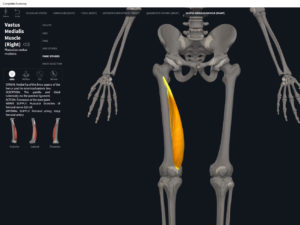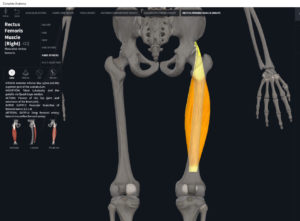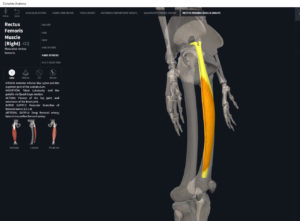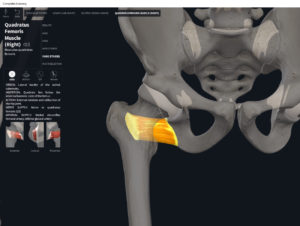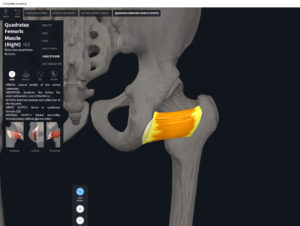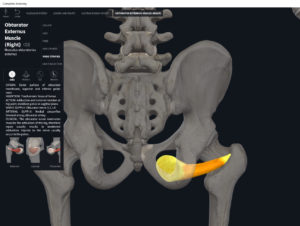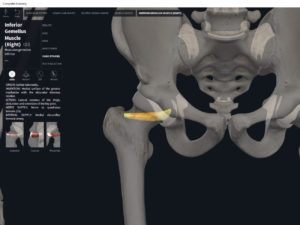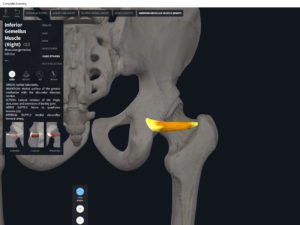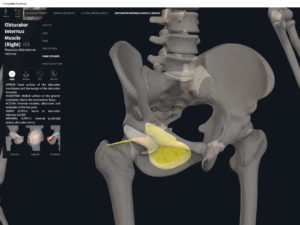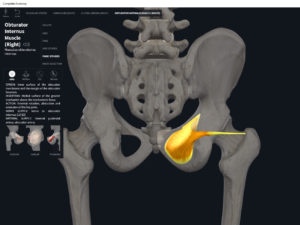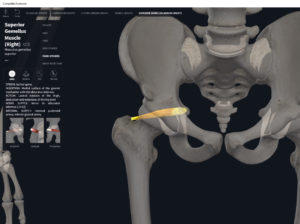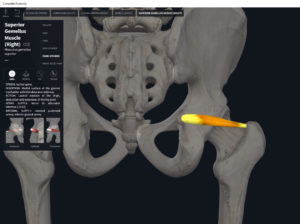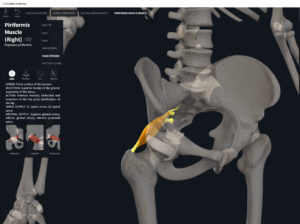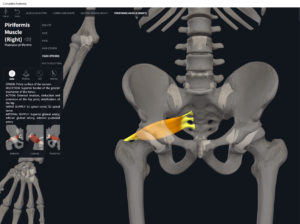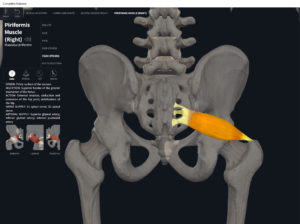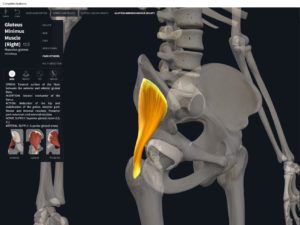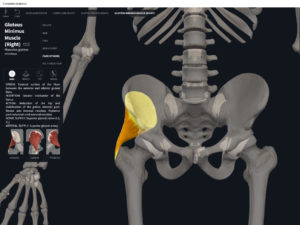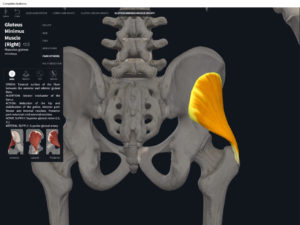Anatomy & Physiology: Muscles—Vastus Medialis.
Structure.
- Origin: linea aspera of femur.
- Insertion: base of patella, tibial tuberosity.
Function.
- Concentric action: accelerate knee extension.
- Reverse mover action: thigh extension.
- Eccentric action: decelerates knee flexion.
- Isometric action: stabilization of the knee.
- Innervation: femoral nerve.
- Arterial supply: femoral artery.
Clinical Significance.
More.
- https://www.anatomynext.com/vastus-medialis/
- https://www.youtube.com/watch?v=T4ykUpYbZpk
- https://www.youtube.com/watch?v=tAgW5fjmtPM
References
Biel, A. (2015). Trail guide to the body: A hands-on guide to locating muscles, bones and more.
Clark, M., Lucett, S., Sutton, B. G., & National Academy of Sports Medicine. (2014). NASM essentials of corrective exercise training. Burlington, MA: Jones & Bartlett Learning.
Jenkins, G., & Tortora, G. J. (2012). Anatomy and Physiology: From Science to Life, 3rd Edition International Stu. John Wiley & Sons.
Muscolino, J. E. (2017). The muscular system manual: The skeletal muscles of the human body.

